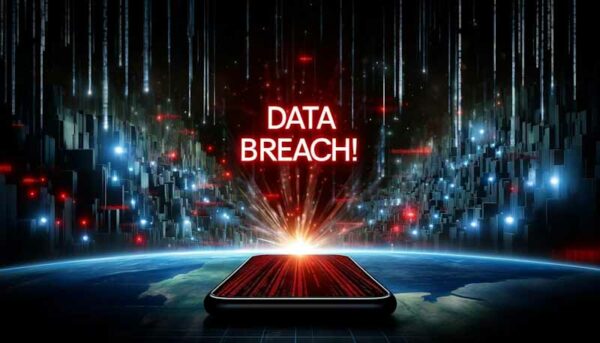Discovering that your personal data has been compromised can be alarming and overwhelming. Whether due to a hacked email account, compromised credit card information, or a large-scale data leak, it’s crucial to know how to respond effectively. This blog outlines a practical approach to managing a data breach for individuals, ensuring you can protect yourself and minimize damage.
Recognize and Confirm a Data Breach
Identify the Breach
First, determine if you really have been affected by a data breach. Here are steps to help identify and confirm a breach:
- Check for Notifications: Organizations often notify potential victims of a data breach. Check your email, messages, and even postal mail for any official communications regarding a breach.
- Use Trusted Resources: Websites like Have I Been Pwned? allow you to enter your email addresses and check if they have been part of known breaches.
- Review Account Statements: Regularly review your bank and credit card statements for unauthorized transactions. Promptly investigate any transaction you don’t recognize.
- Monitor Credit Reports: Obtain a free credit report from websites like AnnualCreditReport.com to see if there are any inquiries or accounts you don’t recognize.
Contain the Data Breach
After confirming a breach, take immediate steps to contain any potential damage:
- Change Passwords: Update passwords for all affected accounts, and use strong, unique passwords for each. Consider using a password manager to manage your credentials securely.
- Alert Financial Institutions: Contact your bank and credit card issuers to inform them of the breach. They can monitor your accounts for fraud and issue new cards if necessary.
- Enable Two-Factor Authentication: Enhance security by enabling two-factor authentication on your accounts. This adds an extra layer of protection by requiring a second form of verification.
Assess and Notify After a Data Breach
Evaluate the Impact
Understanding the scope of the breach is crucial. Identify what information was compromised—such as Social Security numbers, financial data, or personal identifiers and consider the potential impacts.
Notify the Right Parties
It’s important to report the breach to the right authorities:
- Contact the FTC: Report identity theft to the Federal Trade Commission at IdentityTheft.gov. They provide specific recovery steps based on the information compromised.
- Local Law Enforcement: Consider filling a report with your local police department if you suspect financial fraud.
Plan Recovery from the Data Breach
Take Preventive Measures
After addressing the immediate impacts, focus on longer-term prevention:
- Credit Freeze: Place a freeze on your credit reports to prevent unauthorized new credit openings in your name.
- Stay Informed: Regularly update your knowledge on cybersecurity practices and be vigilant about phishing attempts and scam emails.
Review and Adapt
Reflect on how the breach occurred and take steps to prevent future incidents. Educate yourself about online security, be cautious of what information you share online, and stay updated on new security threats.
Moving Forward
Responding swiftly and effectively to a data breach can greatly reduce its impact on your life. By following these steps, you can secure your personal information and regain control after a breach.
Keep these guidelines in mind and regularly review your personal security practices. Preparation and education are your best defenses against the impacts of a data breach.




